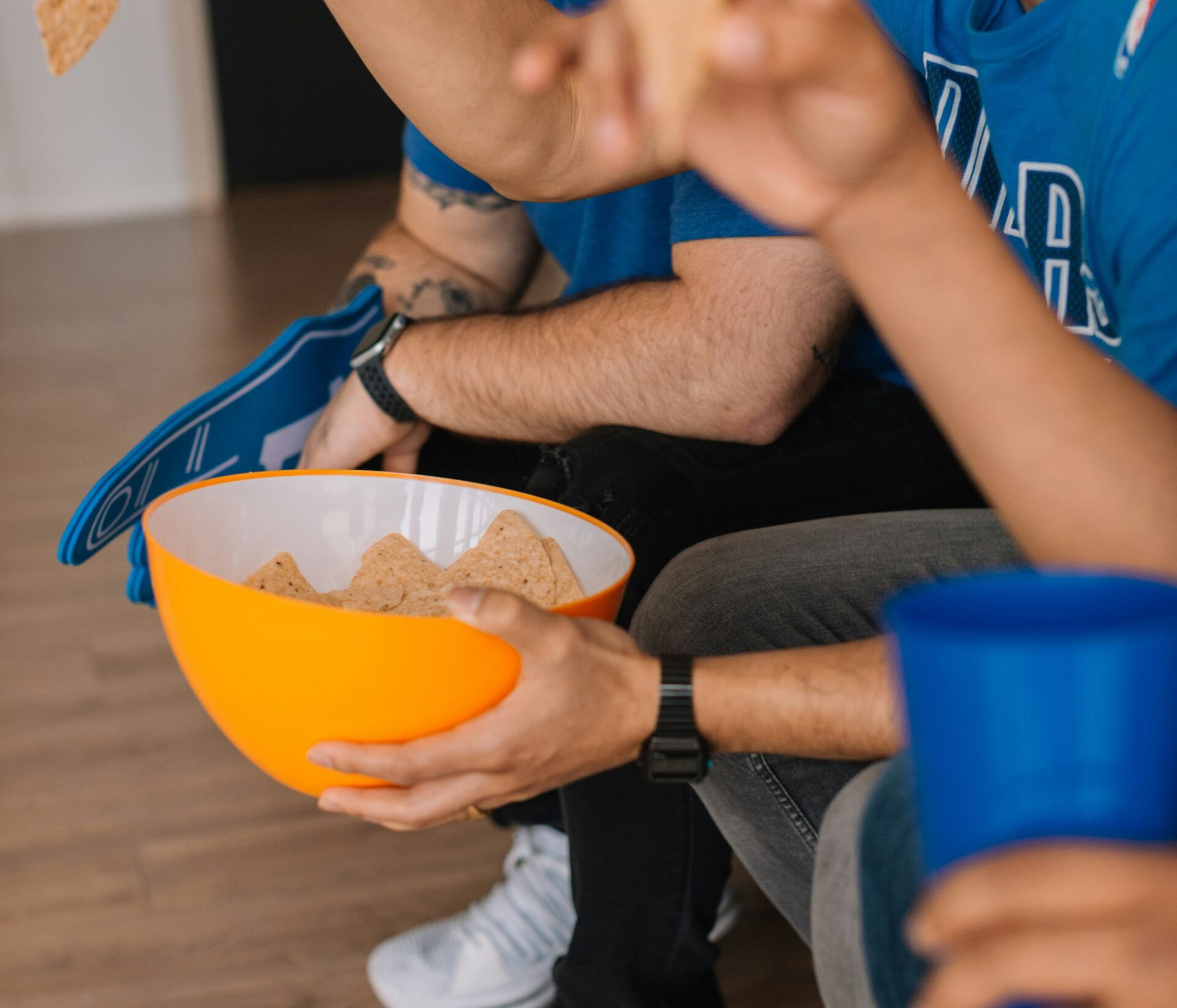
Changes in consumer behaviour have been an inevitable consequence of the pandemic. The way consumers think about and engage with brands has changed, and as a result the way brands engage with consumers have had to be adapted.
Segmentation models, built over years of relatively static data, and which have traditionally been used to enable marketers to define their audiences and target them, can now be out of date
Customer behaviours have evolved, from buying into new sectors, engaging with new brands, and moving into new channels. These changes in behaviour have understandably become much more fluid over recent months, as audiences re-evaluated their needs and therefore their relationship with brands. The result is that segmentation models, built over years of relatively static data, and which have traditionally been used to enable marketeers to define their audiences and target them, can now be out of date.
This makes understanding any new customer dynamic a real challenge for marketers. It also makes planning future strategies to engage with customers increasingly complex. So how do you identify the new personas that have evolved and understand their purchase journeys so you can accurately market to them?
Ultimately brands need to understand…
- The key personas that now exist amongst existing customers and potential target audiences
- The purchase journeys each persona adopts
- A deeper knowledge of each persona, their profiles, behaviours, and motivations (both sociodemographic and psychographic)
- How audiences build knowledge about your brand, competitors, and channels
- Differences in the channels used and the triggers that will inspire them on their journey
- What inspires them and their expectations at each stage of the purchase journey
- Socio demographic influences including, age, gender, wealth, and engagement levels (and how these vary by country)
There are a number of different approaches that can be combined to help check your brands existing personas and develop them to fit a new normal.
Primary data analysis
Aimed at creating personas based on socio-demographic data, by utilising existing customer data sources (CRM) and data on potential audiences, helps create clusters based on common criteria, founded on attitudes, needs and behaviours. These personas enable brands to develop strategies to:
- Attract audiences from competitor brands
- Understand current trends based on your category
- Drive engagement and build your following based on social media activity
Social media analysis
Digital engagement and strategy have been key during lockdown, and analysis helps track brand sentiment to identify who your followers are, their online presence and how they interact with your brand. By also looking at engagement levels (organic or earned), you can see where, when and how your brand can maximise its engagement. This allows you to build a digital profile or audiences enabling your brand to:
- Convert followers from competitor brands
- Provide insight on current trends that lead to category purchasing
- Attract followers based on their current Social Media activity and demographic
Qualitative exploration
The opportunity to speak directly with audiences helps to understand their motivations, experiences, attitudes to purchase, as well as any barriers to purchase. It also provides a great way to look at different touchpoints in detail helping to:
- Enhance personas and build in-depth profiles
- Understand the purchase journey, channel consumption and content preferences
- Distinguish between audiences
Quantitative segmentation
A quantitative approach to evaluate attitudes and motivations helps to validate and size your new personas. This approach will reinforce your understanding of each persona, helping you to:
- Clarify the purchase journey
- Identify purchasing habits
- Validate the size of each persona
- Understand any barriers to key channels
To find out more about the work we do to help brands and retailers better understand their audiences, please get in touch.





